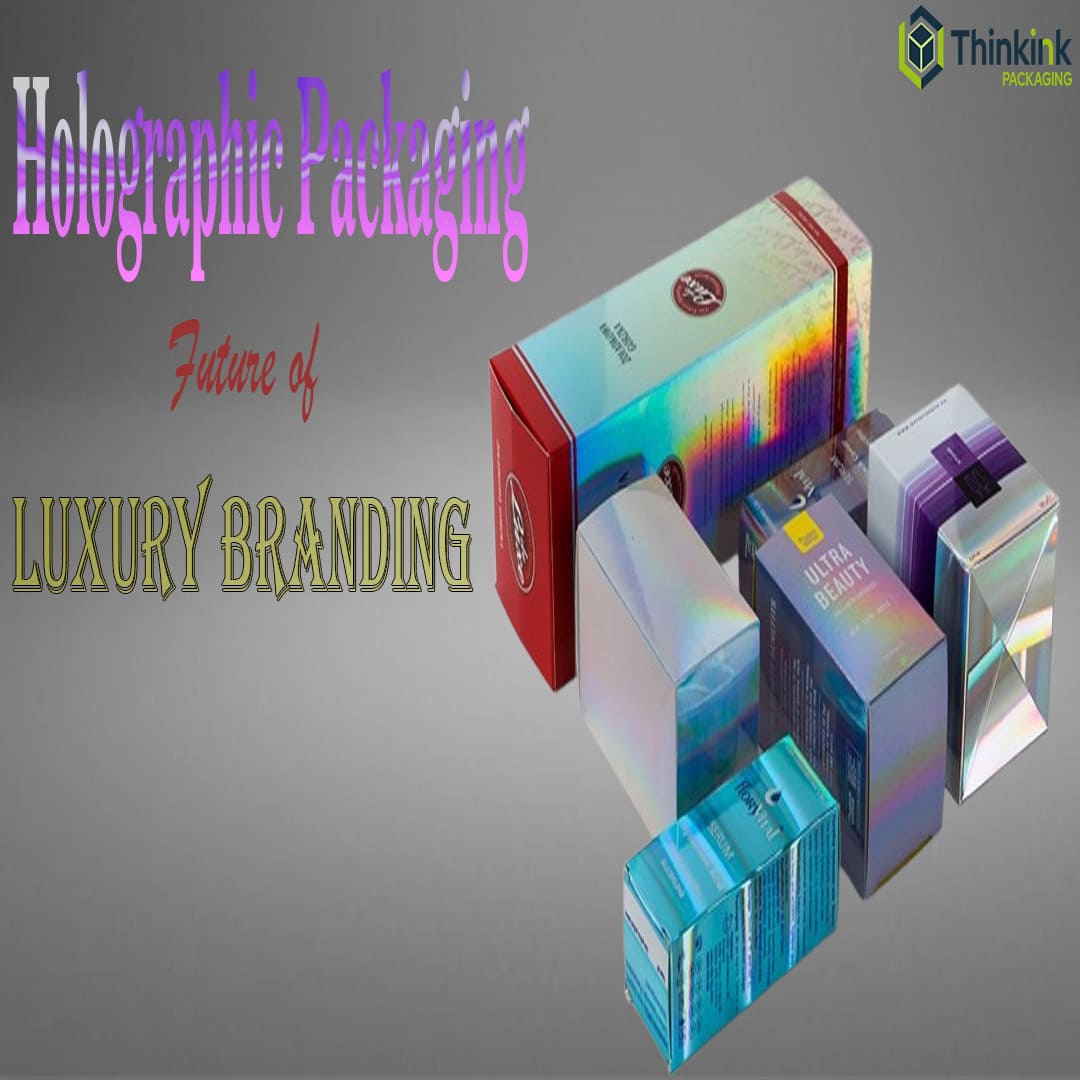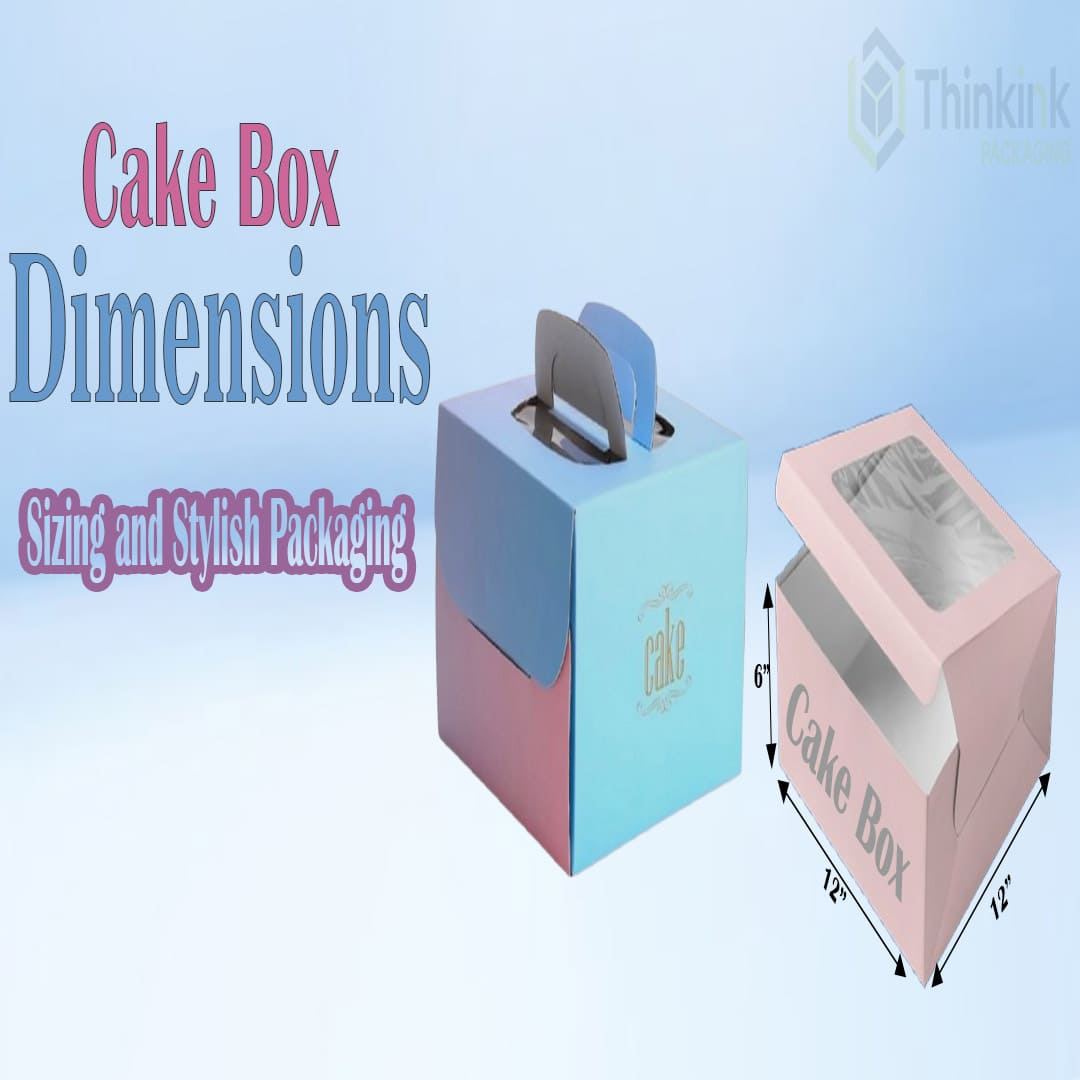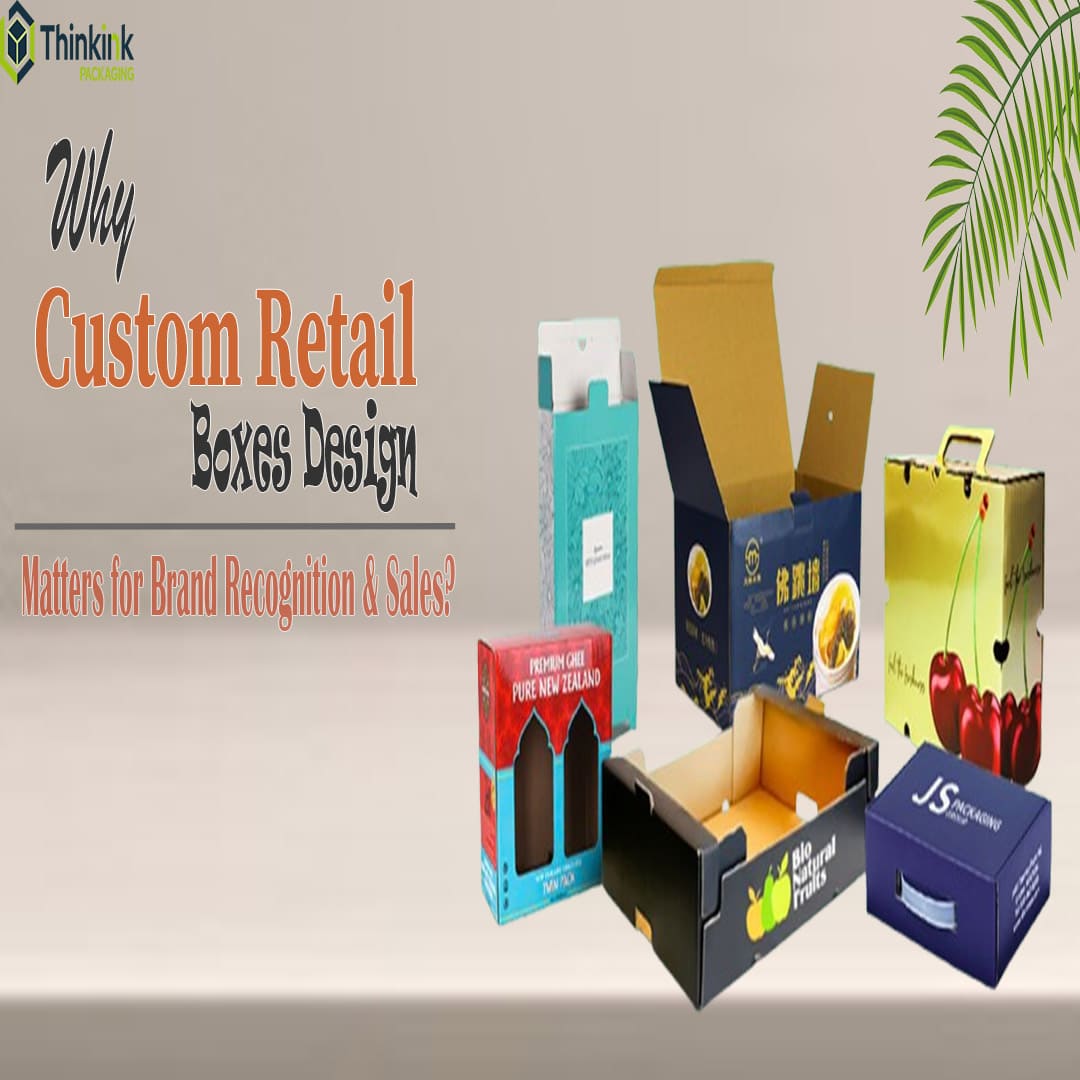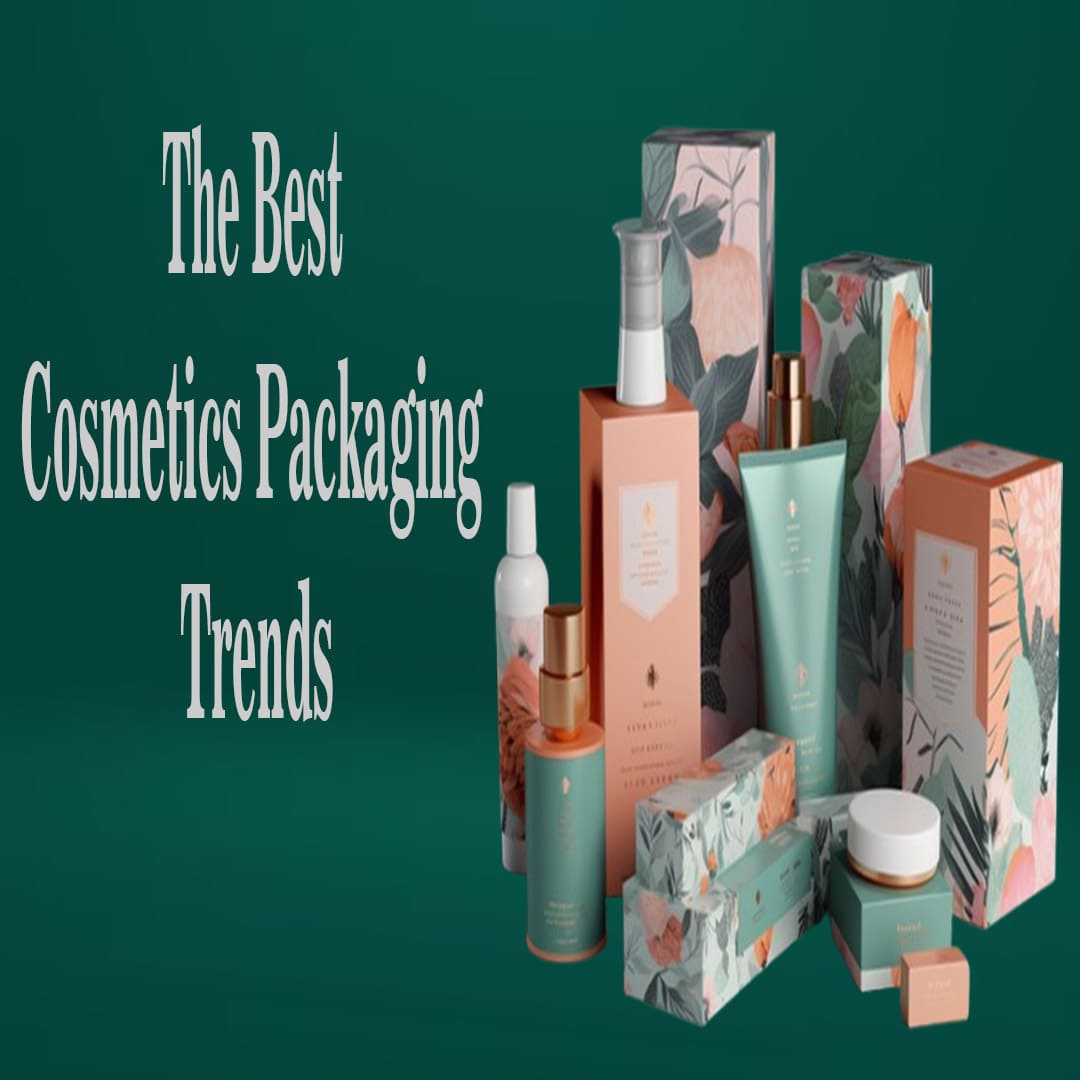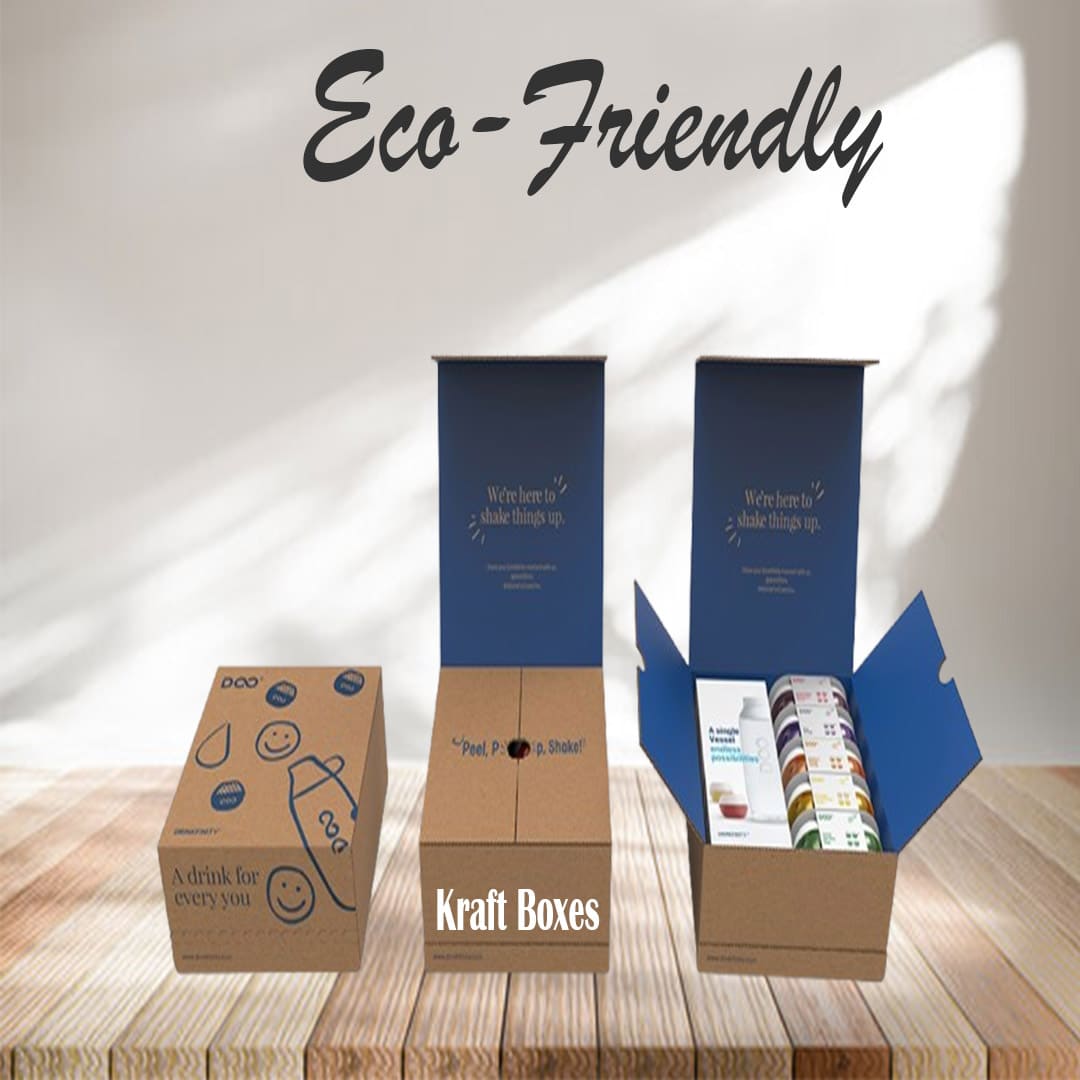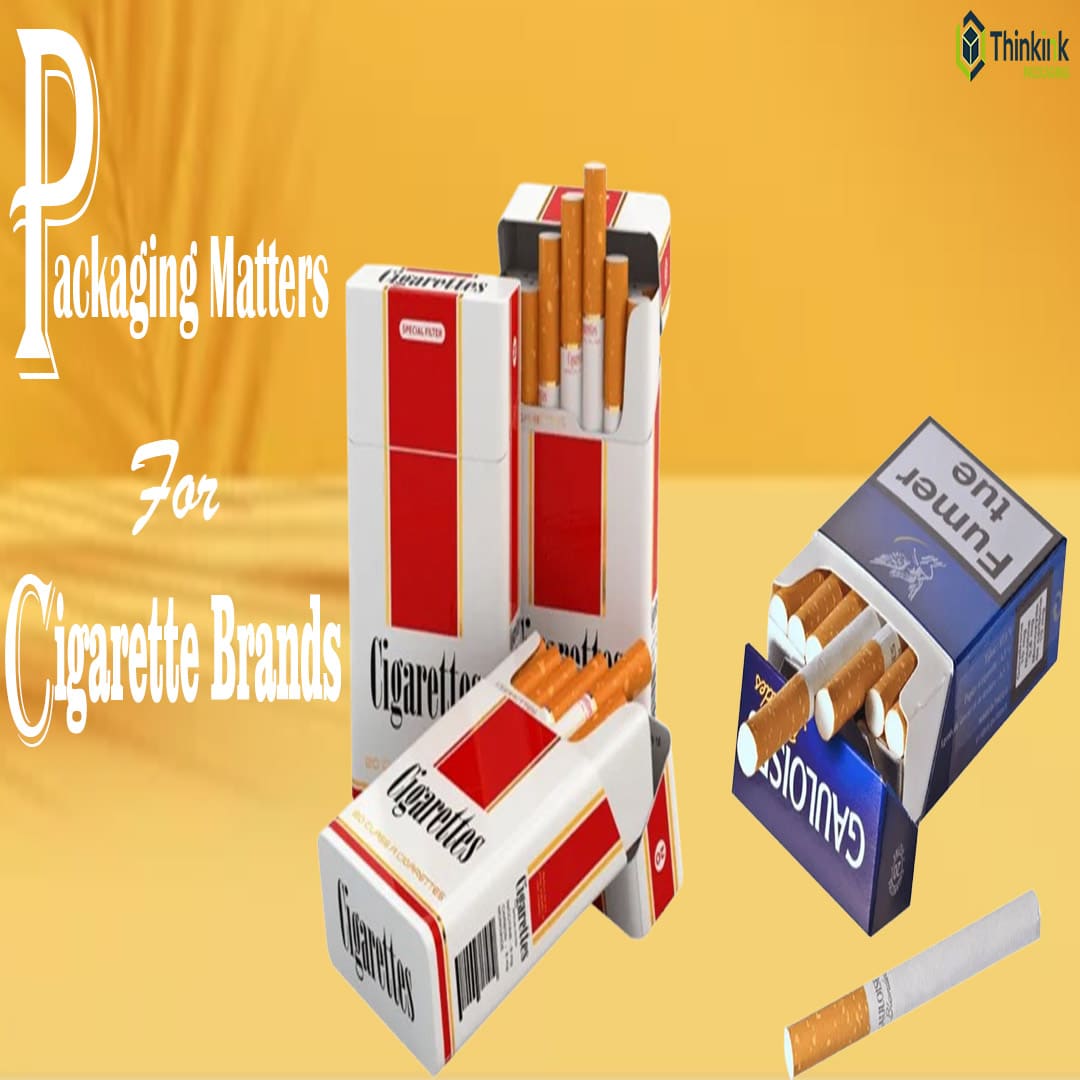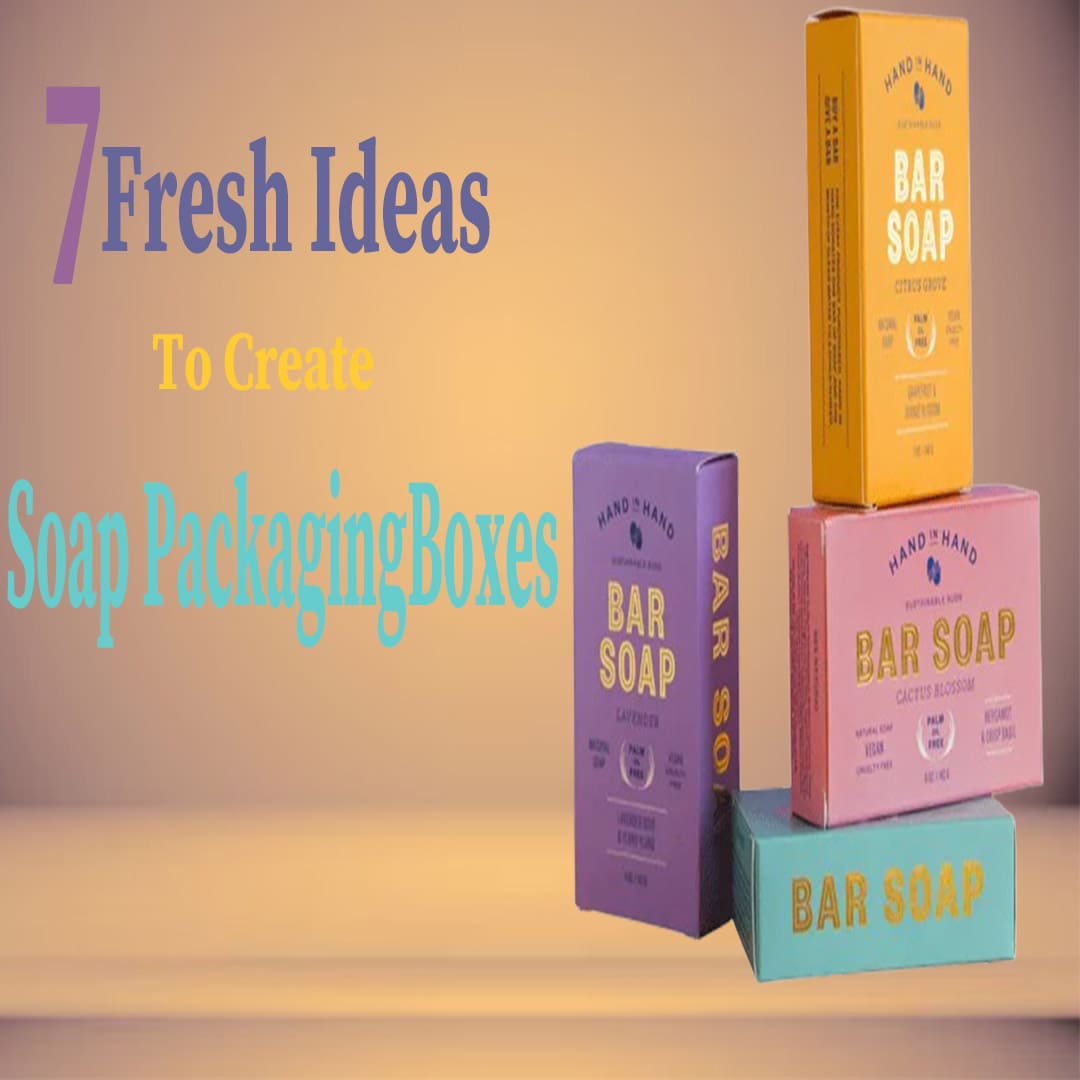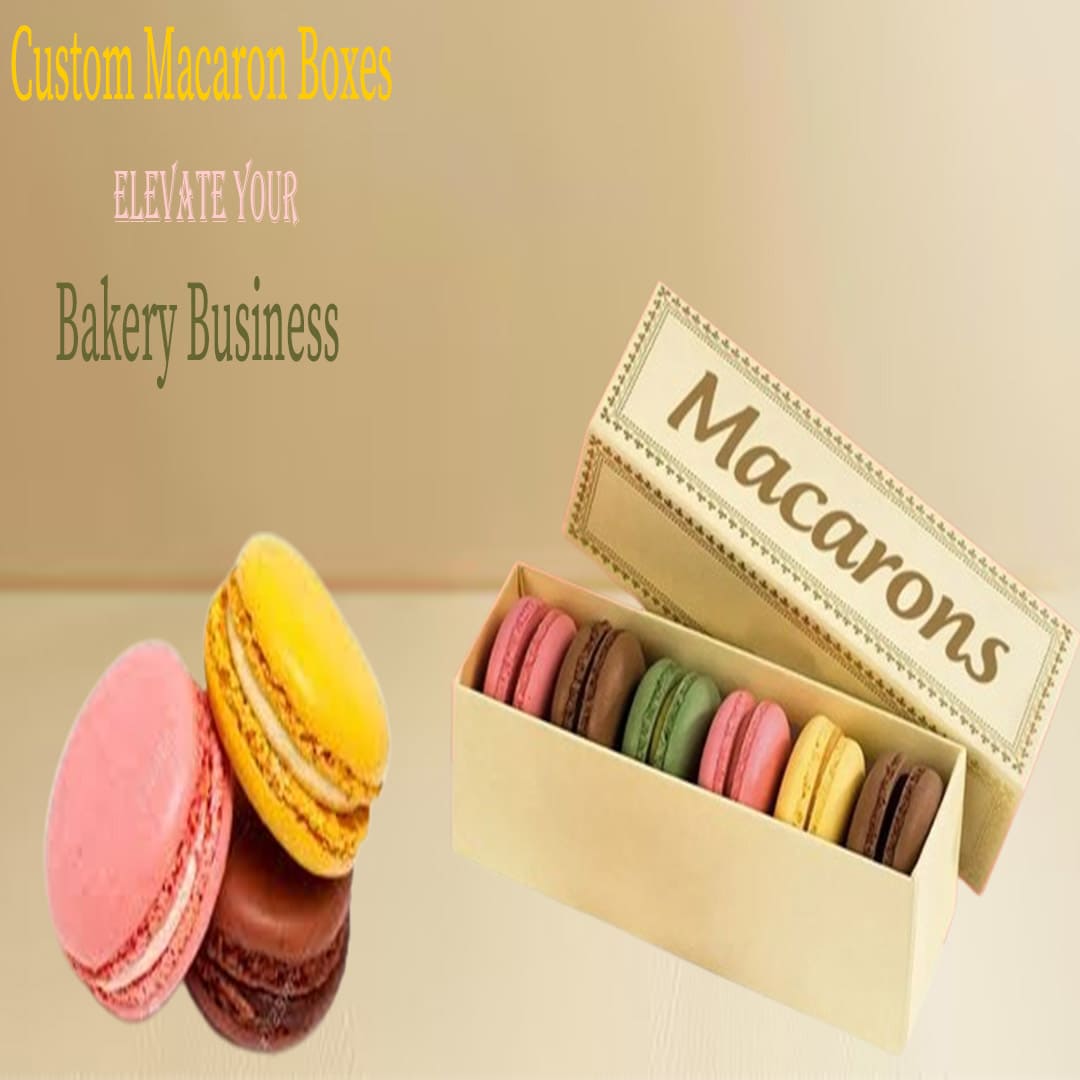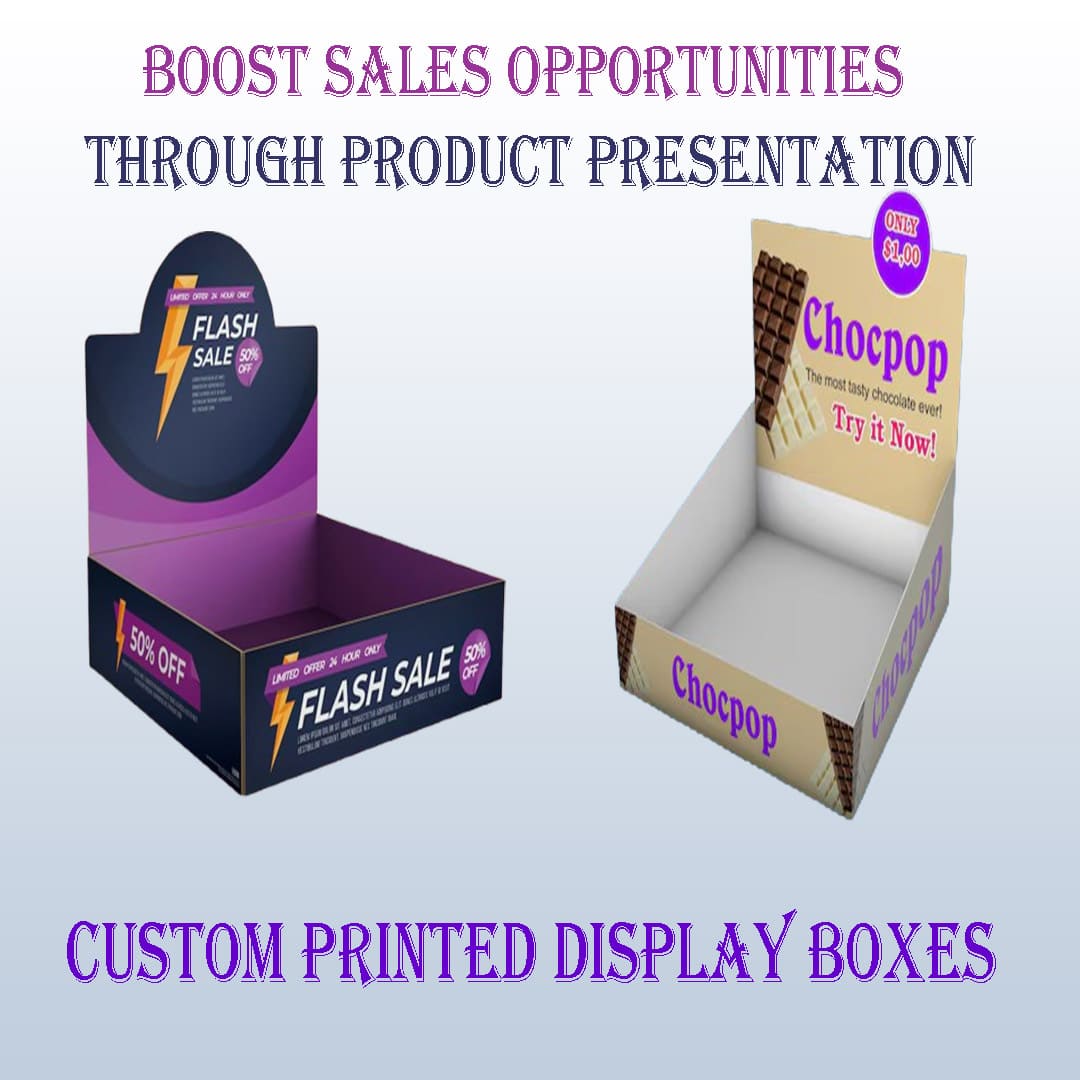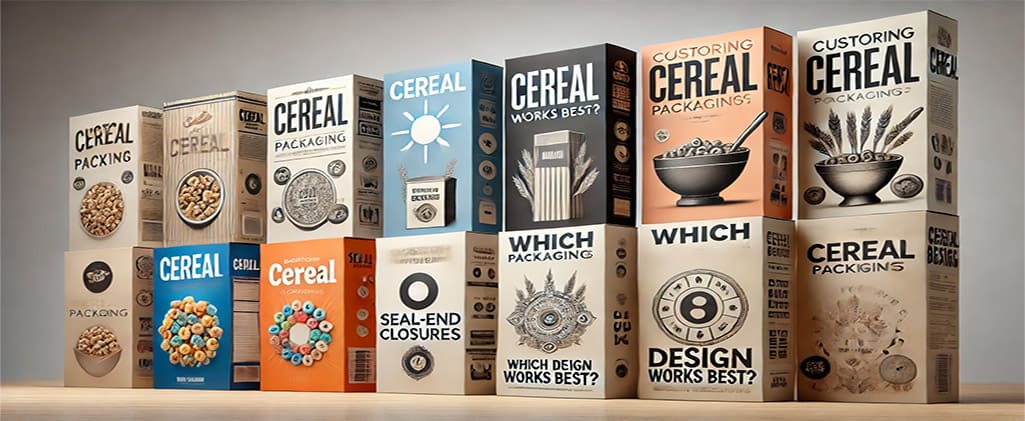
Table of Contents
In the competitive world of cereals, packaging plays a huge role. It’s not just a box or a bag – it's what customers see first and what keeps the product fresh. For cereal manufacturers, marketers, and designers, finding the best packaging option means choosing a style that stands out, keeps food safe, and appeals to shoppers. This guide will explore different cereal packaging types, what makes each unique, and how choosing the right one can help a brand succeed in a busy market.
Why Packaging Matters for Cereal Brands
Packaging is important for cereals because it keeps the product safe, fresh, and appealing on the shelf. Here are the main reasons why packaging matters:
-
Protects Food: Packaging keeps cereal fresh by blocking out moisture and air, which helps prevent it from going stale.
-
Builds Brand Identity: A unique box design, mascot, or color scheme can make a brand recognizable and build customer loyalty.
-
Attracts Customers: With eye-catching designs, bright colors, and clear labels, packaging draws shoppers’ attention, especially in grocery stores full of similar products.
Every packaging choice has its pros and cons, so let’s break down some popular types of cereal packaging, their benefits, and when each type is best.
Popular Types of Cereal Packaging
1. Folding Carton Boxes
Folding carton boxes are the most common type of cereal packaging. Made from thin cardboard, these boxes are lightweight, easy to stack, and simple to print on. Folding cartons allow for a lot of design flexibility. Brands can print bright colors, fun mascots, or even health information to catch a shopper’s eye.
-
Best For: Family-friendly brands that want to stand out to children and parents.
-
Pros: Lightweight, cost-effective, and easy to recycle.
-
Cons: Limited protection if exposed to moisture.
Folding carton boxes work well for cereals that need to make a big impression on store shelves. Because they’re easy to customize, brands can get creative with color and design.
2. Bag-in-Box Packaging
Bag-in-box packaging means that there’s a plastic bag inside a sturdy cardboard box. This method keeps cereal fresher because the bag adds a layer of protection. The box gives plenty of space for branding and design, while the inner bag prevents the cereal from getting stale or absorbing odors from other products.
-
Best For: Brands that want both freshness and shelf appeal.
-
Pros: Better protection for freshness, highly customizable outer box.
-
Cons: The plastic bag is not always eco-friendly.
Most people recognize the bag-in-box design as the traditional cereal box. It’s a classic for a reason: it works! Plus, with options for recyclable or biodegradable materials, brands can make this choice a bit more sustainable.
3. Eco-Friendly Boxes
Eco-friendly boxes are becoming more popular as brands look for ways to reduce their environmental impact. These boxes are often made from recycled or compostable materials, like recycled cardboard. For brands that want to show they care about sustainability, eco-friendly packaging is a smart choice. These boxes appeal to environmentally aware shoppers looking for brands that align with their values.
-
Best For: Brands that want to focus on sustainability.
-
Pros: Better for the environment, recyclable and biodegradable options available.
-
Cons: Can be slightly more expensive than standard boxes.
Thinkink Packaging offers a range of eco-friendly box options, including materials that support different sustainability goals.
4. Canisters and Reusable Containers
Canisters or reusable containers offer a durable and reusable option for cereal packaging. These are usually made of plastic or metal and can be sealed tightly, which keeps cereal fresher for longer. Canisters are common for premium cereals or brands that want to offer something different from the usual box.
-
Best For: High-end brands or products needing long-term freshness.
-
Pros: Strong, keeps cereal fresh for longer, reusable.
-
Cons: Often more expensive and less eco-friendly than cardboard.
Canisters make cereal packaging look different and can give the impression of a premium product. They can be a good choice for brands that want to stand out and cater to buyers who may reuse the container.
5. Plastic Trays and Display Boxes
Plastic trays are usually used for single-serving or individual packages. These trays keep single servings of cereal fresh and make it easy to sell smaller portions. They’re popular in wholesale cereal boxes, where brands sell multiple servings in one box. Display boxes with trays are easy to stack and store, making them convenient for both customers and store workers.
-
Best For: Bulk sales, single-serving packs, or on-the-go snacks.
-
Pros: Convenient for portion control, keeps multiple servings together.
-
Cons: Not always eco-friendly and may use more plastic.
Businesses can explore various wholesale cereal box options to find designs suited for bulk sales or special promotions.
Key Design Elements for Custom Printed Cereal Boxes
The design of cereal packaging is just as important as the type of material used. Here are some essential design elements that make cereal boxes effective:
Bright Colors and Bold Text
Bright colors are a powerful tool for cereal brands. They can catch a shopper’s eye from far away, especially in the cereal aisle. Colors like red, blue, and yellow are common because they stand out. Bold text helps make important information, like flavors or benefits, easy to see.
Mascots and Cartoon Characters
Mascots or cartoon figures on cereal boxes can build a strong brand image. Characters often appeal to children and make a brand more memorable. Popular mascots become symbols of the brand and can create brand loyalty among young customers. Effective packaging isn’t just about product safety; it’s about creating a connection with shoppers through thoughtful design choices. Our blog on Engaging Consumers Through Packaging Design delves deeper into how brands can use these elements to build memorable connections and boost brand recognition.
Convenient Features
Some packaging options include convenient features like resealable bags or built-in handles. For example, cardboard boxes with handles offer an easy-to-carry solution, making shopping and transport simpler for consumers.
These design choices aren’t just about looks. They make the product easier to use, which can help improve customer satisfaction.
Trends in Cereal Packaging Boxes
Cereal packaging is changing as consumers’ needs and preferences evolve. Here are some trends that are shaping the way brands package their products:
-
Sustainability: More brands are using recycled and biodegradable materials to reduce waste.
-
Single-Serve Convenience: Portable single-serving packs are popular with busy shoppers who want convenience.
-
Custom Designs: Custom printed cereal boxes let brands create unique designs that reflect their personality and appeal to niche markets.
For brands wanting a unique look, custom printing is a great option, making custom printed cereal boxes a popular choice for many.
Choosing Right Packaging for Your Cereal Business
Selecting the right cereal packaging is about understanding your brand’s goals and the needs of your target audience. Here’s how to match packaging types to different brand needs:
-
Children’s Cereal: For brands targeting kids, a colorful folding carton with a fun character works well. It captures attention and stands out in stores.
-
Eco-Friendly Brands: For environmentally-conscious brands, eco-friendly boxes made from recycled materials are the way to go. These options appeal to shoppers who want to reduce their carbon footprint.
-
Bulk Sales: If your brand sells in bulk, consider using plastic trays or display boxes. These allow for easy storage and transport while keeping the cereal fresh.
Choosing packaging that aligns with your brand’s message can help build stronger customer relationships and attract the right audience. For tips on finding the perfect fit, consider the guide on measuring cereal box dimensions.
Final Thoughts
Cereal packaging is more than a container – it’s a powerful marketing tool. Whether a brand focuses on eco-friendly materials, creative designs, or durability, the right packaging can make a lasting impression on customers. From folding cartons to custom printed boxes, each choice has its benefits.
In a competitive market, brands need packaging that not only keeps cereal fresh but also appeals to shoppers’ values and preferences. If you’re looking for packaging that fits your brand’s needs, explore custom, eco-friendly, and bulk options to find the perfect fit. With the right packaging, you’re building more than just a box; you’re building a brand experience.






